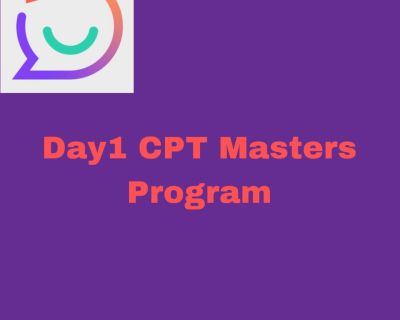The IELTS Listening test measures a candidate’s ability to understand spoken English in various contexts.
This section consists of a range of question types, including True, False, and Not Given (TFNG) questions. TFNG questions require test-takers to determine whether the information presented in the audio is true, false, or not given according to the statements provided.
In this article, we will explore effective strategies to approach TFNG questions and provide examples to enhance your understanding.
Understanding True False, and Not Given Questions
Before delving into the strategies, it’s important to understand the differences between true, false, and not given statements.
- True: If the information in the statement matches the information in the audio, it is considered true.
- False: If the information in the statement contradicts the information in the audio, it is deemed false.
- Not Given: If the information in the statement is not mentioned in the audio, it is classified as not given.
Now, let’s explore some strategies to help you tackle these questions effectively:
1. Develop Strong IELTS Listening Skills
To excel in the listening section of the IELTS test, it is crucial to enhance your listening skills. Practice listening to a wide variety of English accents and topics to become comfortable with different speech patterns and vocabulary. Visit this link for more detailed information on improving your listening skills.
2. Focus on Identifying Main Points for True False questions
When encountering TFNG questions, pay close attention to the main points discussed in the audio. Instead of getting lost in specific details, try to grasp the overall theme and key ideas. This approach will help you determine the validity of the statements. Learn more about identifying main points by visiting this link.
For example, if the audio is about climate change, a statement such as “The use of fossil fuels is decreasing worldwide” may be presented. If the audio mentions the efforts made to reduce the use of fossil fuels without stating a decrease in global usage, the answer would be Not Given.
3. Utilize Context Clues and Vocabulary Development for IELTS Listening
Developing a strong vocabulary and understanding context clues are invaluable skills when it comes to tackling TFNG questions. Familiarize yourself with synonyms, paraphrasing, and context-related vocabulary to grasp the intended meaning accurately. You can find more guidance on vocabulary development at this link.
For instance, if the audio states “The restaurant received positive reviews from patrons,” and the statement says “The restaurant has excellent customer feedback,” it can be concluded that the statement is True as “positive reviews” and “excellent customer feedback” convey the same idea.
4. Make Inferences from the Speaker’s Tone and Language
The tone and language used by the speaker often provide clues to the accuracy of the statements. Pay attention to the speaker’s intonation, emphasis, and certainty levels. If the speaker expresses doubt or presents the information as a personal opinion, the statement may be False or Not Given. On the other hand, if the speaker states something as a fact with confidence, it is likely to be True. Read more about making inferences in listening at this link.
For instance, if the audio states “The new product is highly recommended by experts,” and the statement says “The new product guarantees success,” the answer would be False since the word “guarantees” goes beyond the speaker’s recommendation.
5. Take Effective Notes
Note-taking is a valuable technique during the listening section. Jot down key points, important details, and any information that can help you verify the statements. Effective note-taking assists in maintaining focus and aids in answering TFNG questions accurately. Discover more about the importance of note-taking at this link.
For example, if the audio discusses the benefits of regular exercise and the statement says “Exercise helps in losing weight,” by noting the key points related to exercise, you can easily identify whether the statement is True, False, or Not Given.
6. Practice Time Management
Managing your time wisely during the IELTS listening section is crucial. Familiarize yourself with the question types and develop strategies to approach each question efficiently. Distribute your time wisely among different sections and questions to ensure you have sufficient time to carefully consider each TFNG statement. Visit this link for effective time management tips.
Now that we have explored strategies to approach TFNG questions, let’s look at some additional tips to enhance your performance in the IELTS listening section:
- Familiarize yourself with different English accents by practicing listening materials that include speakers from various regions. Visit this link for more information.
- Sharpen your critical thinking skills by analyzing the information presented in the audio critically. Evaluate the logic, credibility, and relevance of the statements to determine their accuracy. Learn more about critical thinking skills at this link.
- Practice following conversations in noisy or distracting environments to enhance your concentration. Visit this link for tips on handling distractions.
- On the day of the test, be well-prepared by following the recommended test-day preparation tips. Visit this link for valuable insights.
In conclusion, approaching True, False, and Not Given questions in the IELTS Listening Test requires a combination of strong listening skills, careful analysis of context, effective note-taking, and inference-making abilities.
By applying these strategies and tips, you can improve your performance and confidently tackle TFNG questions.
Remember to practice regularly, expand your vocabulary, and familiarize yourself with different accents to ensure success in the IELTS listening section.

















